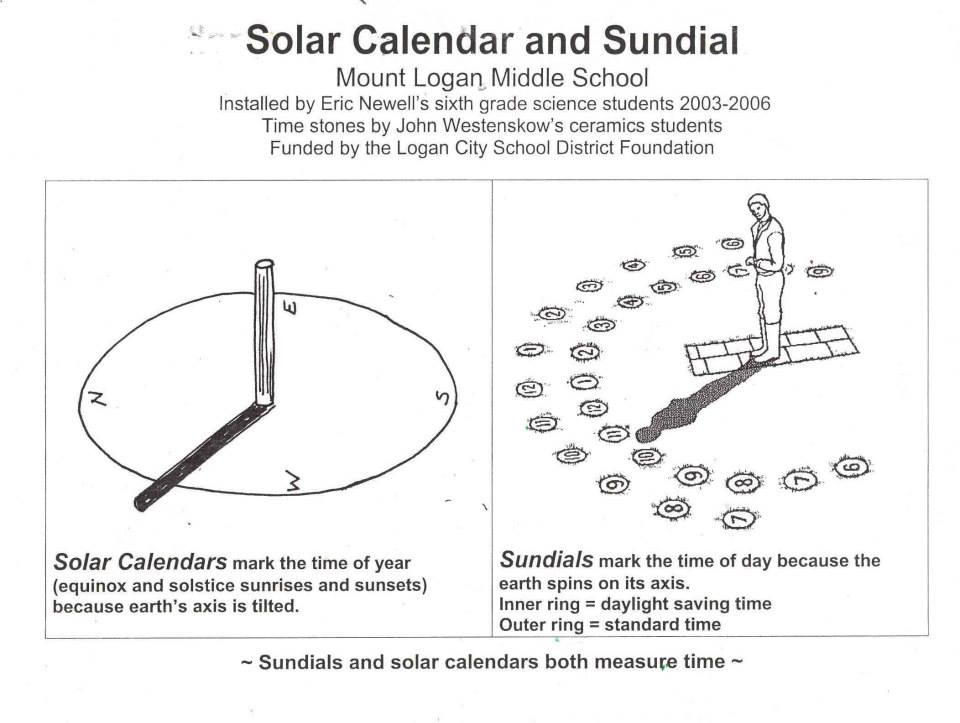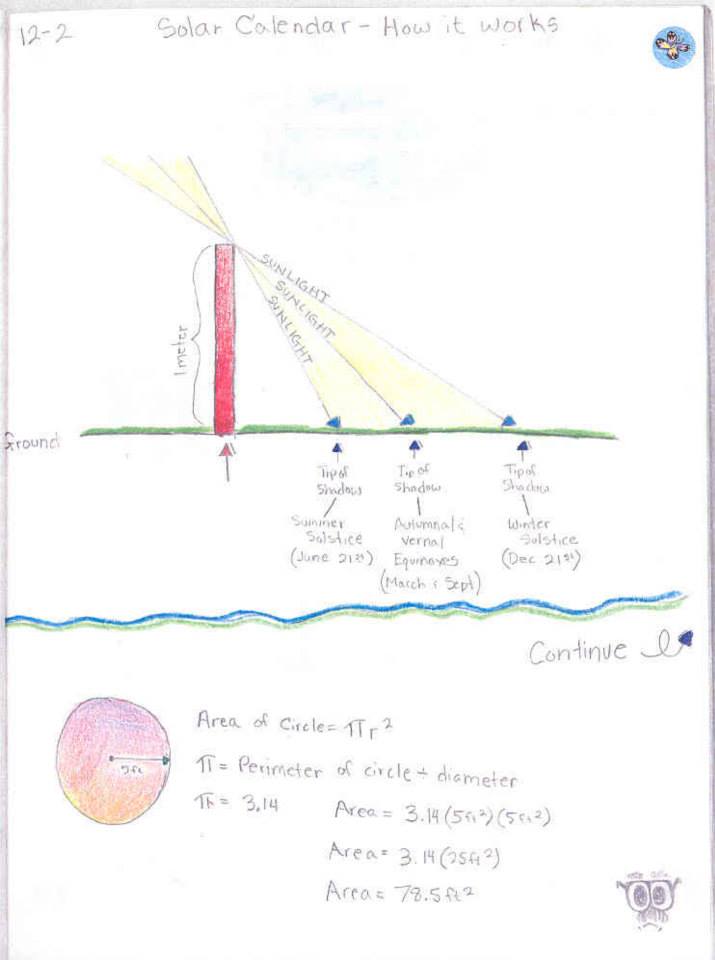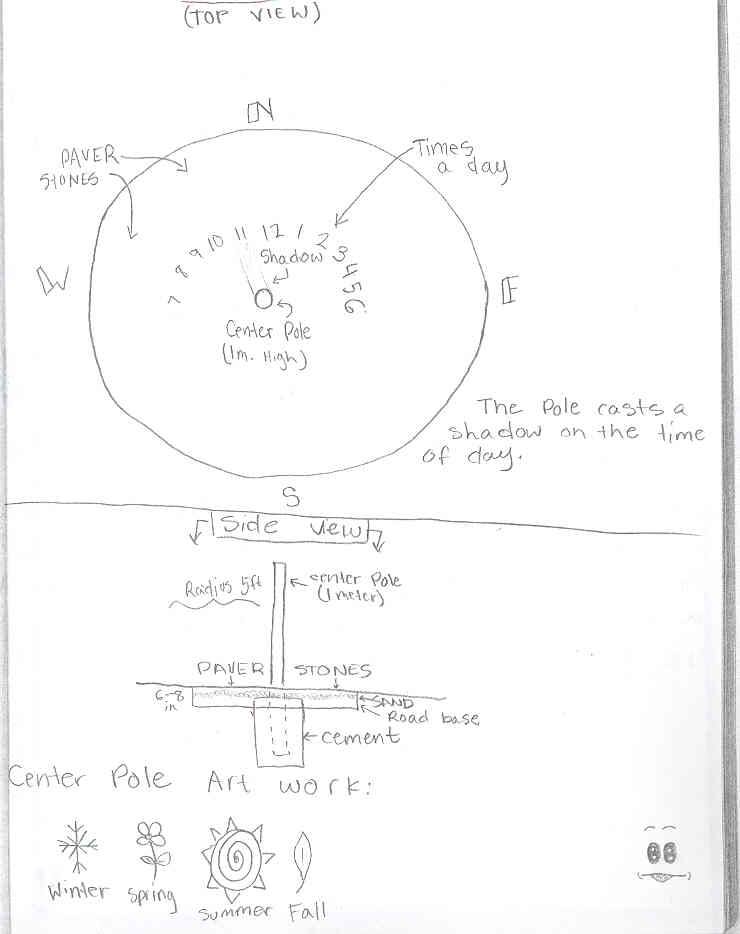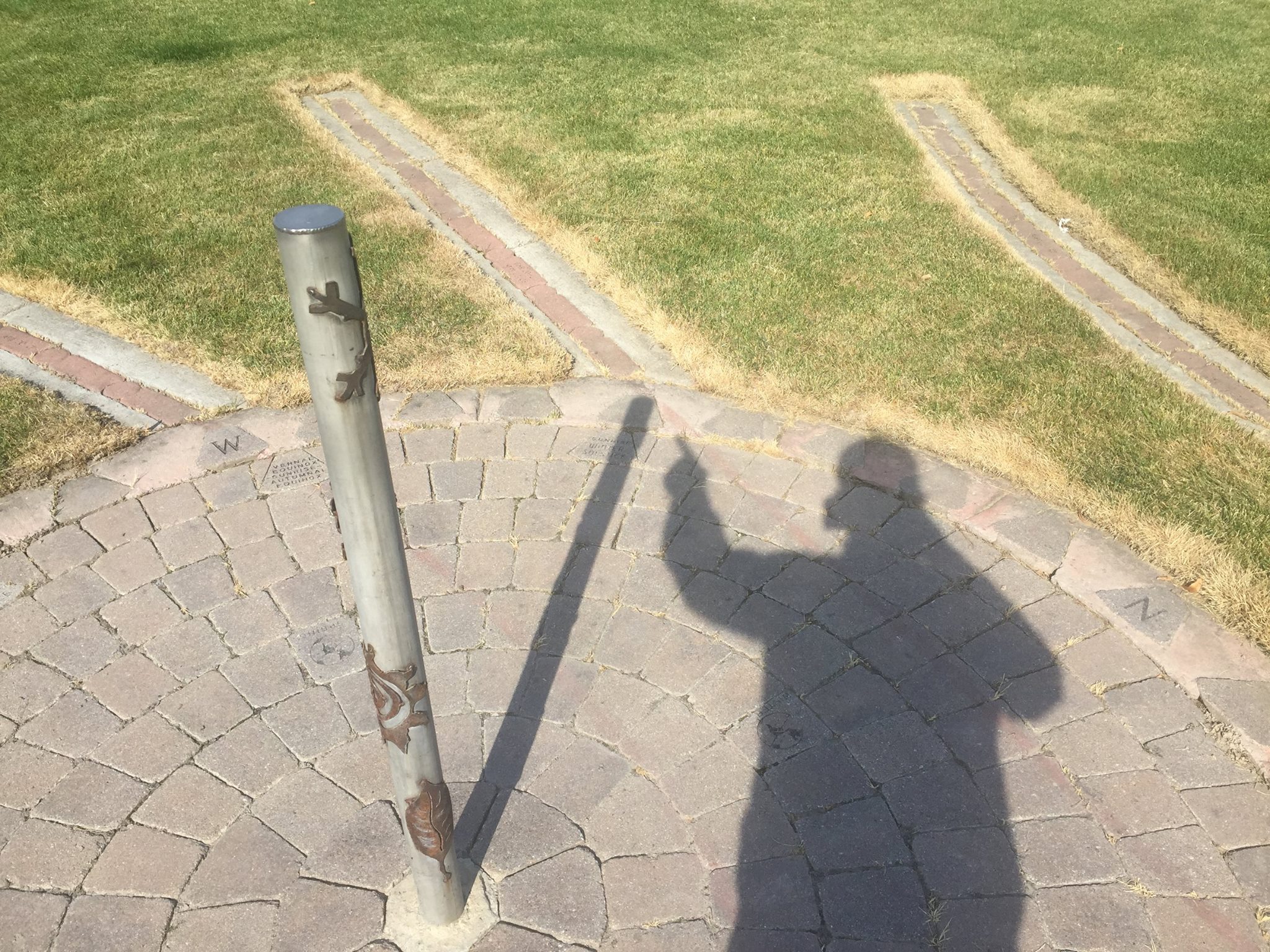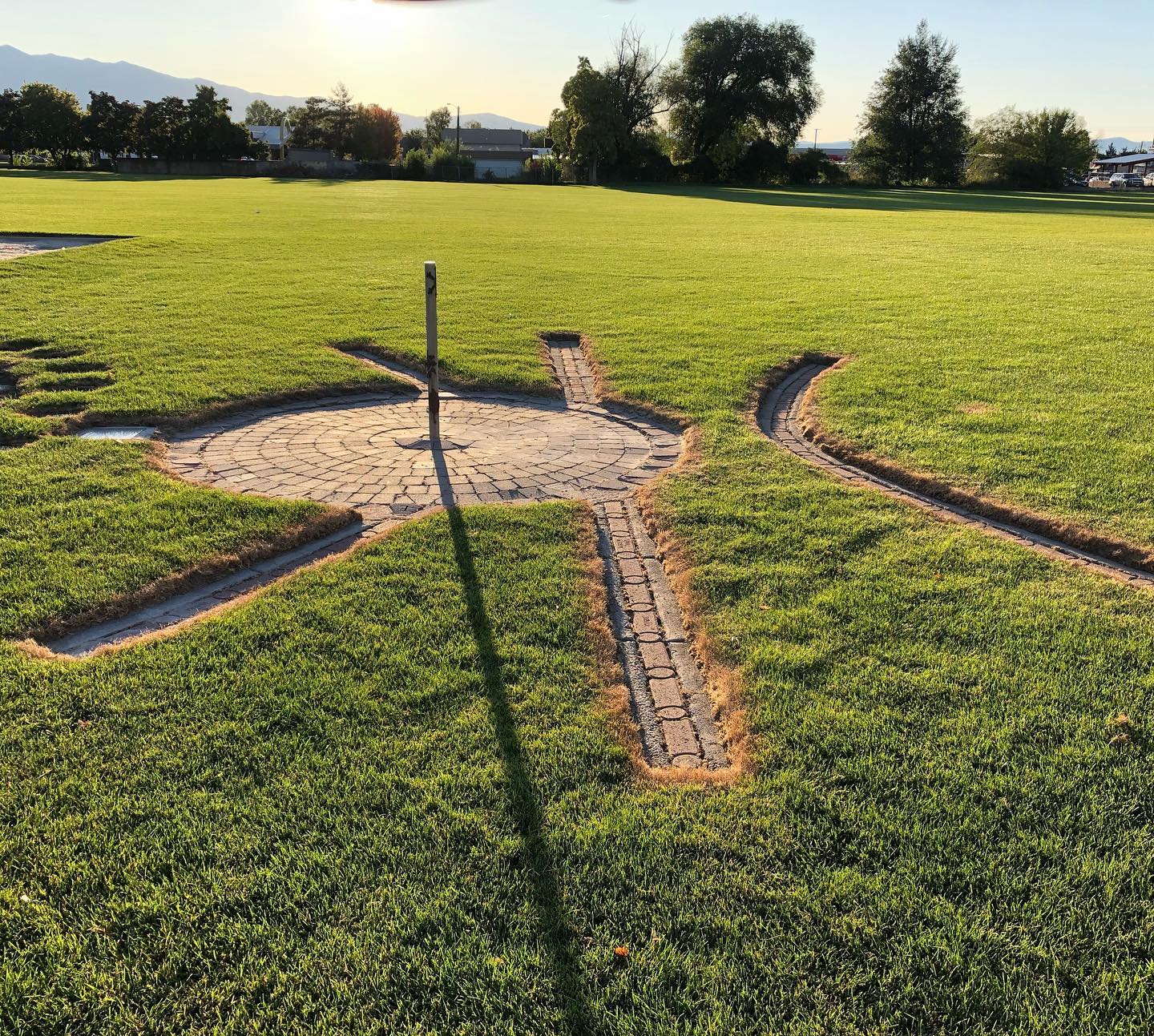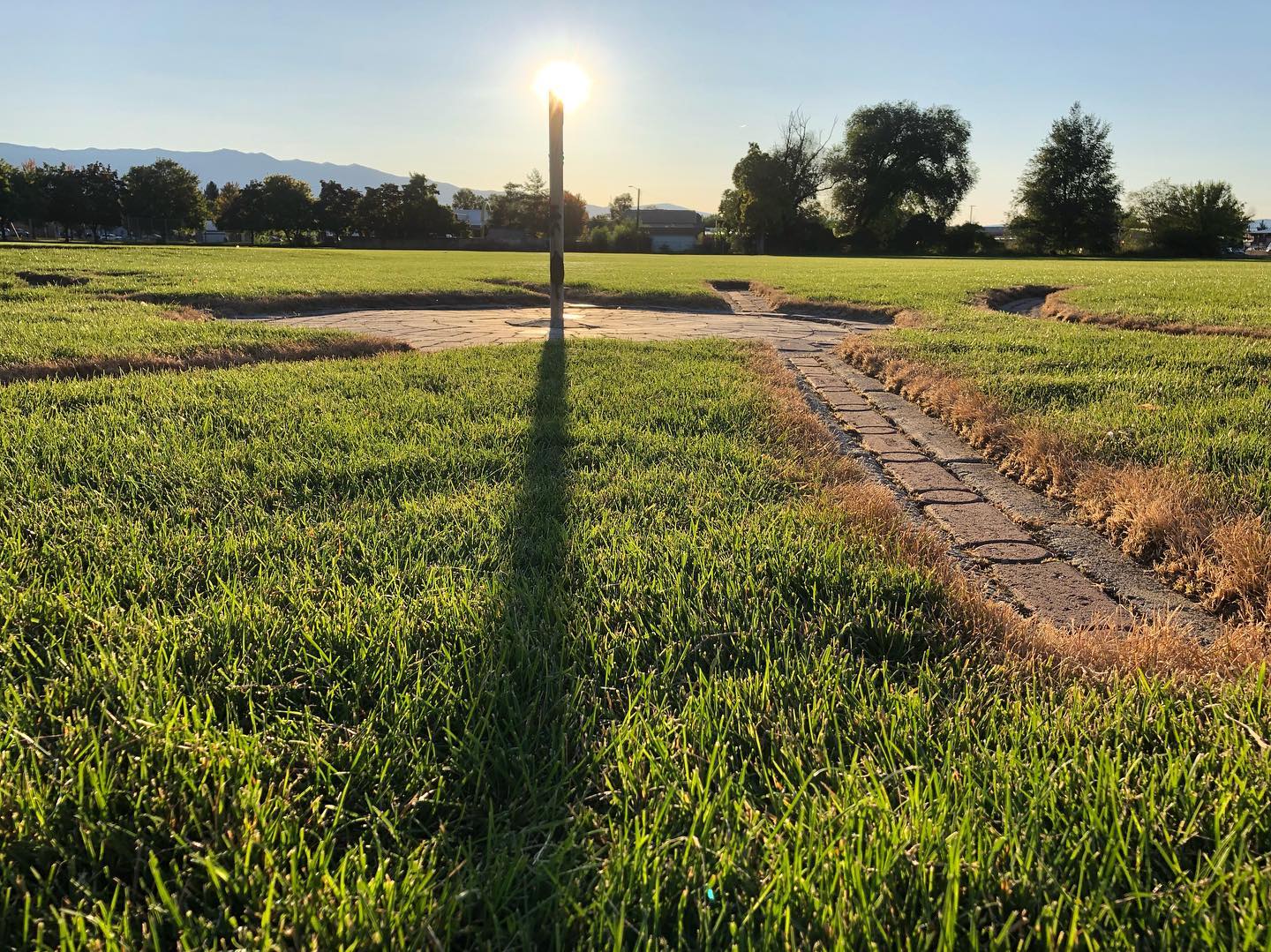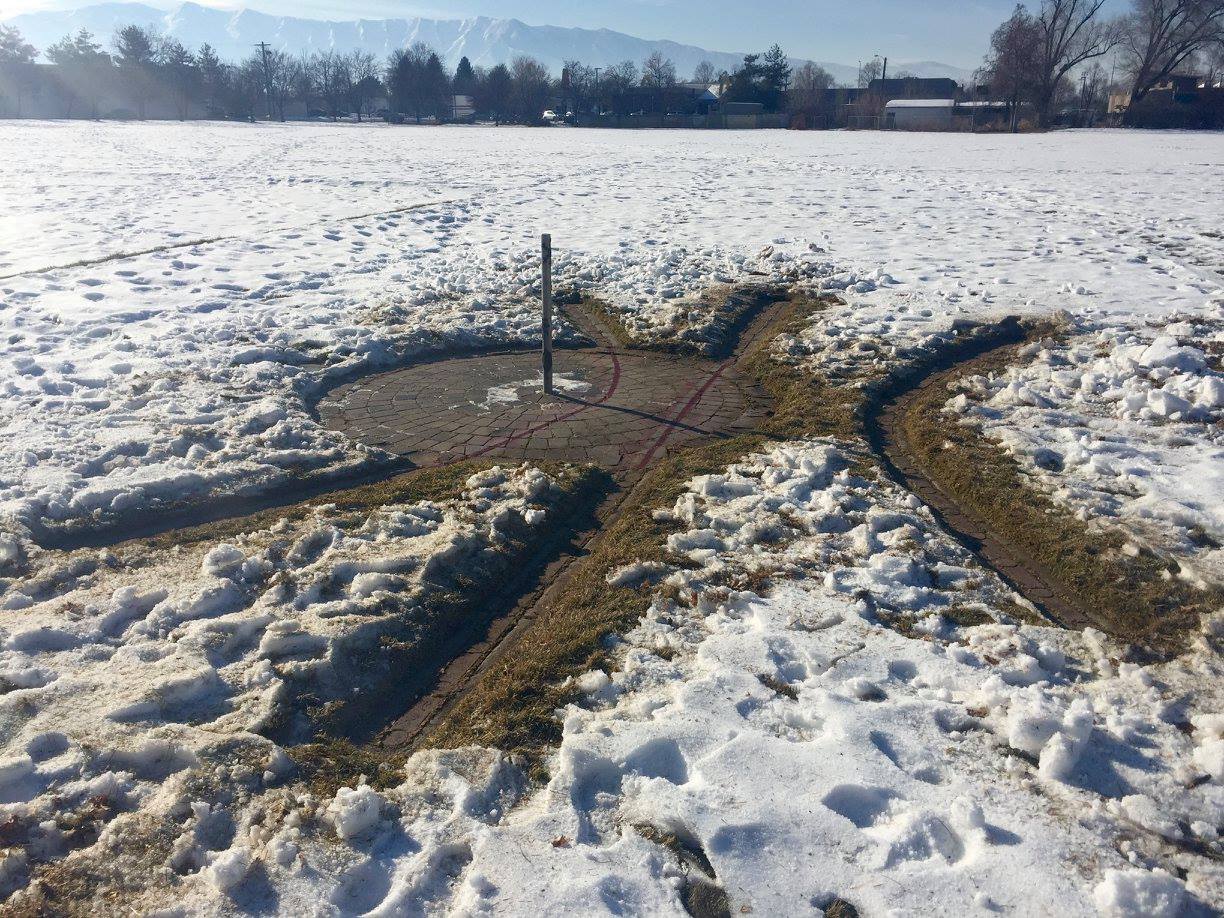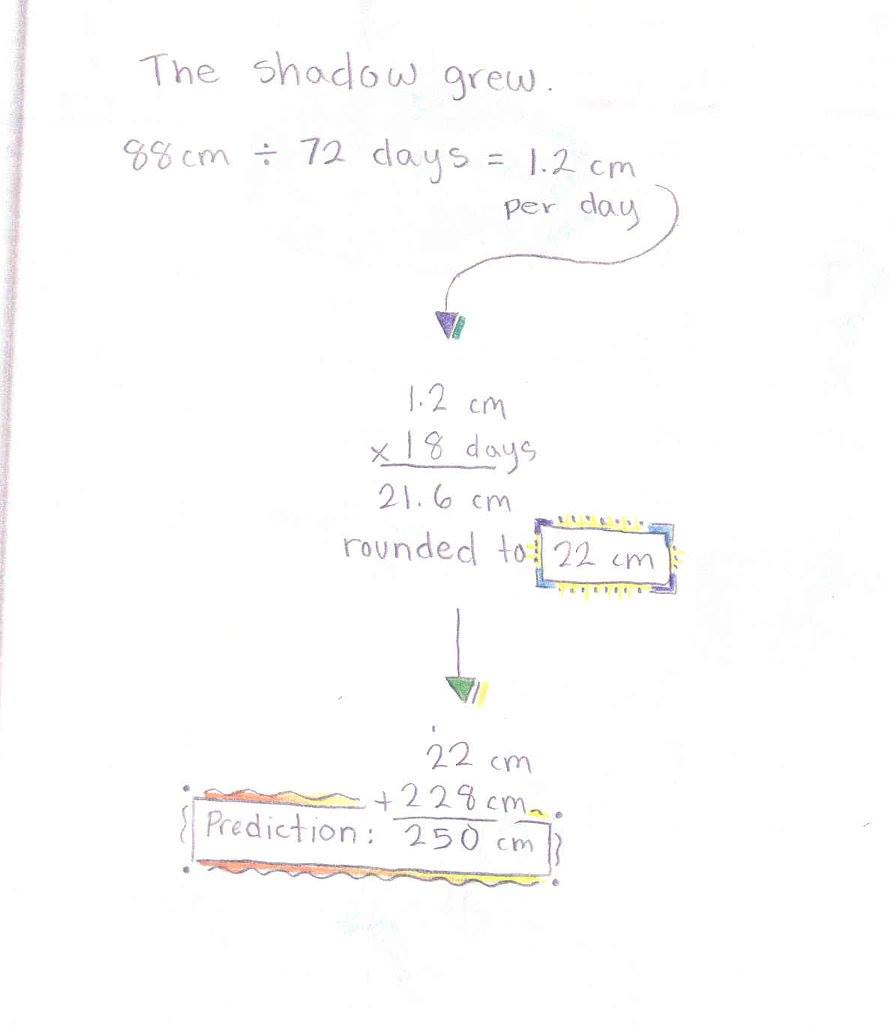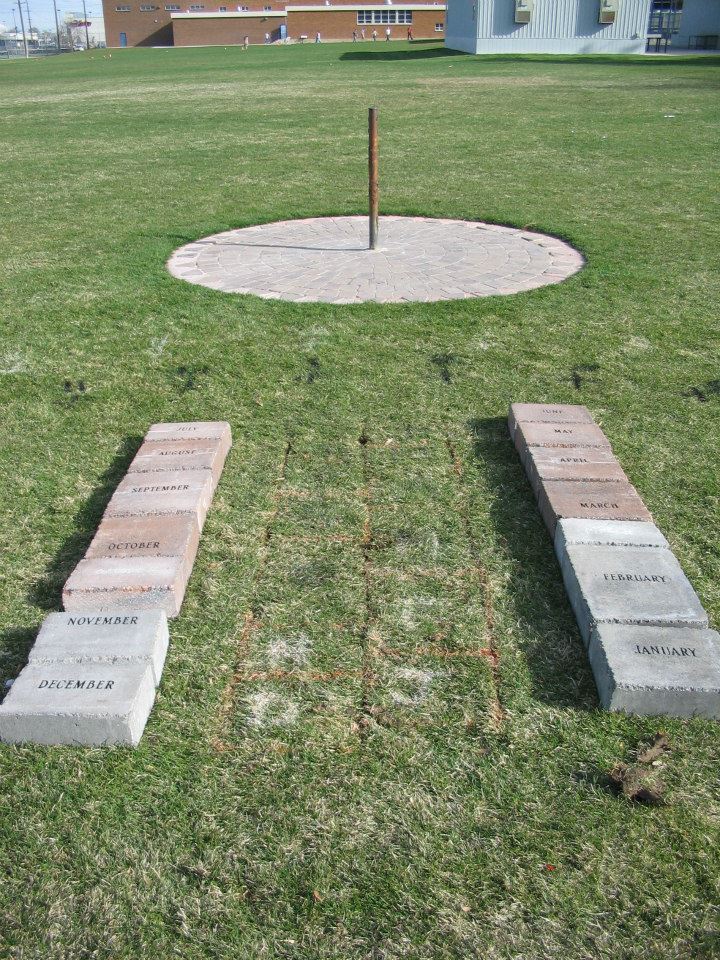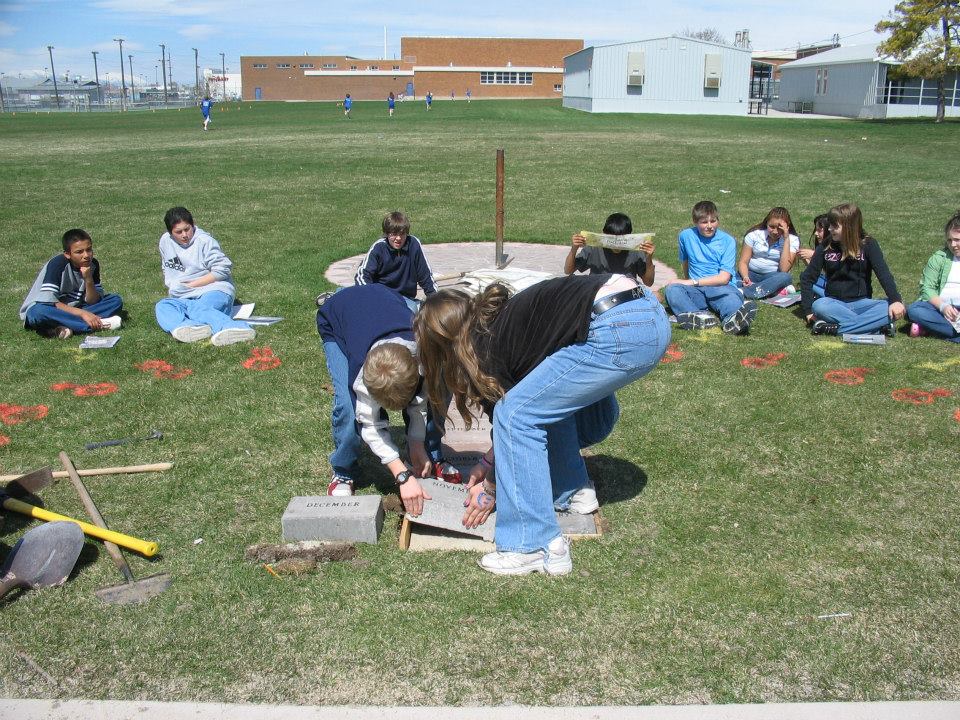
A storm of students put their half-eaten PB & Js down, grabbed binoculars, and raced to get a better view. One of my 2nd-grade students, while eating lunch under the King’s Nature Park gazebo, had spotted the special visitor.
Students bustled around with their binoculars trying to get a better look at the far-away hawk. Excited fragments of observations eventually started ringing out.
“Look at that sharp beak!”
“I can see a red tail!”
“It’s mostly brown with some lighter feathers on the chest!”
“It looks like it’s watching us!”

Courtesy & Copyright Joseph Kozlowski, Photographer
We forged a 6-inch trickle of water – the endeavor being met with laughs, screams and giggles, proceeded higher onto the bench where the remnants of a recent fire still blackened the hillside, and made our way along the trail to a choke cherry bush which was to be the turning point. The students happily watched and listened to Black-Capped Chickadees and House Sparrows playing fall games in the crackly bramble. We all turned and started our journey back to the gazebo.
“Everyone, look up there! Soaring high above us! That looks like the huge hawk we saw at lunch! I think it’s following us!” came the shriek of an excited young girl.
Intrigued students looked up to see the large, soaring hawk far above, lazily drifting circles toward the gazebo. Naturally, the kids couldn’t let it get away. The unrestrainable naturalists raced down the gravel trail in the direction of the hawk.
The hawk did get too far away. We all rejoined and continued our walk back. No more than 5 minutes later, a shout echoed out: “It landed! That hawk that has been following us all day landed! I kept a close eye on it and it landed up there on a post!”
The hunt was afoot. We picked up our pace to get close to the big hawk that had landed on an electrical post a few hundred yards ahead of us. We crept up and it posed for the eager kid eyes and hasty teacher cameras. But little voices aren’t quiet, and the hawk launched from the post and took flight before many could get a good look.
We had to get back. After Jack gave a mini-lesson about the length of a Black-Billed Magpie tail indicating approximate age, we hustled to return to the gazebo.
Our group of hot, sweaty, and energized naturalists arrived back at the gazebo and gathered for a final closing discussion. We huddled close, and amidst my parting words, a boy loudly interrupted and pointed to a nearby telephone pole. “Everyone, look! The hawk came to say goodbye!”
We all turned, and perched on the pole was the same hawk that had followed us that day; our guide, our companion, our friend. It took off and slowly, methodically, made low circles above our head, as if to say “Now you can see me, I am your friend. Goodbye, little ones. We had a special journey together.”
I am Dr. Joseph Kozlowski, and I am wild about outdoor education in Utah!
Credits:
Images: Courtesy & Copyright Joseph Kozlowski, Photographer, Used by Permission
Featured Audio: Courtesy & Copyright © Kevin Colver, https://wildstore.wildsanctuary.com/collections/special-collections/kevin-colver and including contributions from Anderson, Howe, and Wakeman.
Text: Joseph Kozlowski, Edith Bowen Laboratory School, Utah State University https://edithbowen.usu.edu/
Additional Reading Links: Joseph Kozlowski & Lyle Bingham
Additional Reading:
Joseph (Joey) Kozlowski’s pieces on Wild About Utah:
Red-tailed Hawk, All About Birds, The Cornell Lab of Ornithology, https://www.allaboutbirds.org/guide/Red-tailed_Hawk/overview
Black-capped Chickadee, All About Birds, The Cornell Lab of Ornithology, https://www.allaboutbirds.org/guide/Black-capped_Chickadee
House Sparrow, All About Birds, The Cornell Lab of Ornithology, https://www.allaboutbirds.org/guide/House_Sparrow
Black-beak Magpie, All About Birds, The Cornell Lab of Ornithology, https://www.allaboutbirds.org/guide/Black-billed_Magpie

![Click on to view the images in a new tab or window This [observatory in Chacho Canyon, NM], is constructed of three large stone slabs [.https://wildaboututah.org/wp-content/uploads/sdagger_s1.jpg] wedged upright with smaller stones. On the day of the summer solstice, a dagger of light cast by the rising sun bisects a spiral carved into the rock behind the stones. On the winter solstice, two daggers of light frame the spiral. https://solarscience.msfc.nasa.gov/suntime/images/sdagger2_s.jpg](https://wildaboututah.org/wp-content/uploads/sdagger2_s1.jpg)
